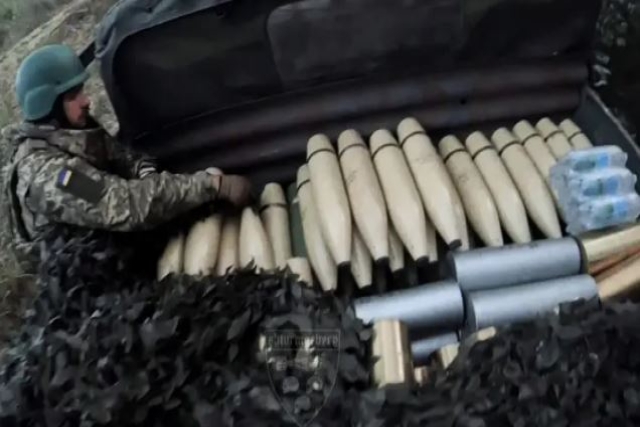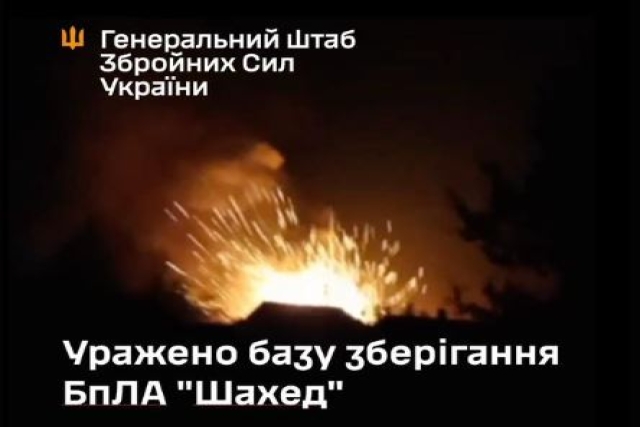Russia Skips Shahed Drone Strikes for First Time in 48 Days: Did Ukrainian Attack Affect Stockpile?
A recent Ukrainian airstrike targeted a Russian facility reportedly housing hundreds of Iran-made drones.

Russia did not deploy Iranian-made loitering munitions against Ukraine during the night of October 13-14, marking the first time in 48 days that such attacks were absent.
This development follows a recent Ukrainian strike that destroyed a Russian drone storage facility in Krasnodar Krai, where approximately 400 Shahed loitering munitions, also known as "Geran" UAVs, were reportedly housed.
The attack occurred in the village of Oktyabrske and was executed by a strike group from the Ukrainian Navy in collaboration with the Security Service of Ukraine. According to the Ukrainian General Staff, the strike on October 9 was confirmed to have hit its target accurately, resulting in a secondary detonation that was later verified through social media videos. Local Russian media, including the Telegram channel “Podslushano v Eiske,” reported that the resulting fire covered about 800 square meters, prompting authorities to cordon off the area within a 500-meter radius.
The Ukrainian Air Force Communications Department confirmed today that there were no Shahed drone attacks on Ukraine during the night of October 13-14. Yurii Ihnat, acting head of the Communications Department of the Air Force Command, noted the significance of this development, stating that it was the first night without such drone attacks in 48 days.
The Air Force did not provide commentary on the cause of this sudden decrease in Russian drone activity. However, earlier in October, Ihnat mentioned that Russian forces had been increasingly deploying unspecified drones, which were often intercepted by Ukrainian electronic warfare systems, leading to their failure to inflict damage.
Shahed’s Effectiveness Dwindling?
The effectiveness of Iranian-made loitering munitions in Ukraine appears to be declining as Ukraine enhances its counter-drone and low-tier air defense capabilities.
Recent training of "mobile fire groups" targeting Shahed drones has resulted in a majority being shot down. Data from Federico Borsari, a fellow at the Center for European Policy Analysis, published by Defense News indicates that the interception rate of Shahed UAS has risen to an average of 91% since March 2024, up from 80% in the previous six months, peaking at 83% in November. This improvement is due to better sensor coverage and tactical strategies. Ukrainian forces use a mix of mobile counter-UAS and short-range air defense systems, including electronic warfare, anti-aircraft guns, shoulder-fired systems, and laser-guided rockets like the U.S. APKWS. Coordination between ground fire teams and command posts is crucial to avoid friendly fire during operations involving medium-range air defenses and tactical aviation.
Despite the declining effectiveness of Shahed drones, they still pose a significant threat by revealing air defense positions, depleting interceptor stocks, and potentially causing considerable damage to critical infrastructure, especially in saturation attacks with long-range missiles. Addressing this threat remains a priority for NATO countries, which should also scale up effective countermeasures, such as anti-aircraft guns, MANPADS, and guided interceptors, while considering investments in scalable interceptors amidst various defense priorities.











